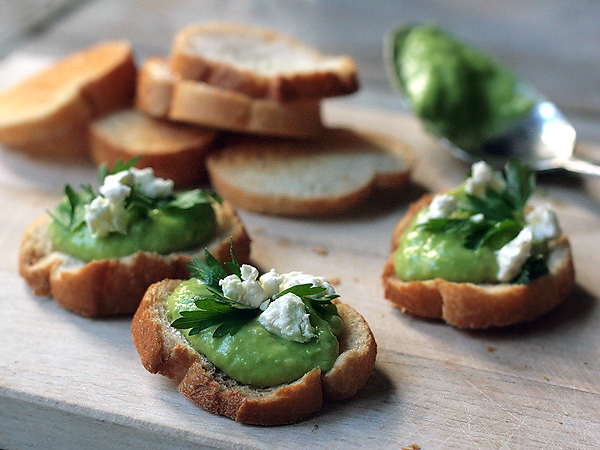Hot cornmeal cereal, also known as harina de maiz, is perhaps known best to the western world as polenta. Try this quick and easy breakfast polenta to keep you energized all morning. It takes only 10 minutes to prepare. And if you're really in a rush in the morning you can make it the night before and simply reheat it.

Breakfast Polenta with Honeyed-Yogurt
Ingredients
2 cups water
2 cups skim milk
1/3 tsp salt
1 cup instant polenta
1 1/2 cups plain yogurt
1/4 cup honey
1 cup fresh berries
Directions
1. Bring the water, milk, and salt to a gentle boil over medium heat in a large saucepan.
2. Pour in the polenta in a thin stream, continuously whisking.
3. Decrease the heat to maintain a gentle simmer and whisk polenta until it thickens,
2-5 minutes. Turn off heat, cover, and let sit for 5 minutes.
4. Mix together the honey and yogurt.
5. Spoon the hot polenta into a bowl and top with a portion of the honeyed yogurt and a handful of berries. Drizzle with a little extra honey.
Serves 4


































